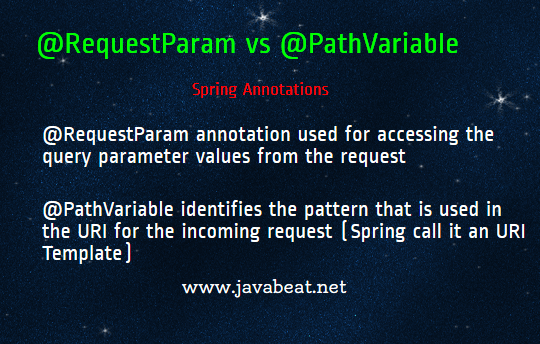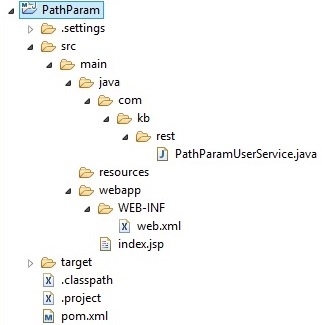Roads & PavementRoads & Pavement
Barefoot
Minimal
Low
Medium
High
Maximal
All around running shoes offer comfort and cushioning for daily runs, jogs, walks, and long mileage. They offer enough versatility for both faster and slower runs and are a great option for those who want one running shoe to do it all.
Fast run or uptempo running shoes are lightweight and responsive. They offer streamlined designs that have minimal uppers and offer a high level of energy return. These shoes are a great option for faster runs in the week or those looking for a livelier experience.
Max Cushion shoes offer premium cushioning with ample ground protection and a stable ride. These types of shoes provide abundant impact protection that softens landings while running at any pace or distance. These types of shoes are best for slower recovery runs and easy days where comfort takes priority.
Racing shoes are designed with optimal performance in mind. These types of shoes have snug-fitting uppers, energetic midsole foams, and features implemented for maximum efficiency. These types of shoes are best for runners looking to gain the ultimate advantage in races but may sacrifice some durability and comfort.
Gym Workout shoes offer a stable and versatile ride. They have a firmer underfoot feeling that provides stability for lateral movements with comfortable uppers. These types of shoes are best for trips to the gyms, cross training, casual wear, and light running. Difference Between RequestParam and PathVariable in Spring MVC
Road running shoes feature smooth outsoles that are designed for running on paved surfaces such as roads, sidewalks, and bike paths.
Designed to handle most trail runs, these shoes prioritize comfort and a smooth ride. These shoes are great for anything from smooth singletrack, park trails, and fireroads making them ideal for those who run from their doorstep on streets before hitting the trail.
These shoes are best used for hard, rugged trails such as shale, granite or sandstone where grip on smooth surfaces and underfoot protection are important.
Designed for use in muddy, soggy conditions, these shoes feature very aggressive outsoles that dig deep into soft ground for exceptional traction.
These shoes feature technical outsoles designed to grip snowy and icy trails making them ideal for winter trail running.
Cushioning level, or stack height, refers to how much shoe is between your foot and the ground. For this category, we reference the amount of cushioning below the forefoot as the heel height will be equal to or greater than the forefoot height.
Spring PathVariable and RequestParam Examples
0-13mm. The Shoe generally does not have a midsole and feels like there is no cushioning. This shoe is all about feeling the ground underfoot.
14-18mm. The shoe has a thin midsole that allows for a natural running experience. Racing shoes and minimalist shoes are common here. These shoes offer a feeling of being connected to the road or trail.
19-23mm. The shoe has a slightly cushioned feel and may feature added cushioning technologies. Performance training shoes and some trail shoes are common here. These offer protection during footstrike but prioritize a lightweight, grounded experience.
24-28mm. These shoes have a stack height that fall near the middle of the spectrum.The shoes in this category are verstaile and great for all types of runs and distances.
29-34mm. The shoe has a thick midsole and ample cushioning. These shoes are highly protective and absorb more impact than the body.
35mm plus. The shoe has an extremely thick midsole and extra cushioning. The focus is on protection and soft foam underfoot with hardly any ground feel.
Neutral shoes support the foot through a normal range of arch collapse and generally do not have a built-in technology to correct movement.
Stability shoes are a great option for those who overpronate or need added support. These shoes help to limit the inward rolling motion of the ankle while running or walking and assist in guiding the foot straight through the gait cycle. java Send PathVariable PostMapping in postman Stack Overflow
Product Details:
Beginners Guide to REST API Testing Hyperskill Blog sale, Spring View Manipulation Vulnerability Veracode sale, Spring Boot 2 A Look at Spring Webflux sale, RequestParam annotation in spring boot SpringBoot Interview Series Theory Code 6 sale, Using Java to implement RESTful Web Services JAX RS PPT sale, Unable to hit rest service running with spring boot Stack Overflow sale, What is Spring MVC Controllers RestControllers sale, Spring Cloud OpenFeign REST client for Spring Boot App sale, Spring Boot Path Parameter in the Spec gets renamed into CamelCase sale, Spring Boot Role Based Security with JAX RS Annotations sale, Spring Boot Path Variable How path variable works in Spring boot sale, JAX RS PathParam with example Javainsimpleway sale, New in JAX RS 2.0 BeanParam annotation sale, Differences between RequestParam and PathVariable in Spring MVC sale, Java Hello Spring Part 4 Query Param sale, JAX RS PathParam Example Java Web Tutor sale, Difference Between RequestParam and PathVariable in Spring MVC sale, Spring Boot PathVariable Read URI Template Variable with sale, Develop a simple RESTful Webservices using Apache CXF and Spring sale, New in JAX RS 2.0 BeanParam annotation sale, JAX RS PathParam with example Javainsimpleway sale, RESTful parameters antipattern considerations for queries paths sale, RequestParam vs QueryParam vs PathVariable vs PathParam by sale, How to configure path variables in Spring controllers Nullbeans sale, Spring View Manipulation Vulnerability Veracode sale, REST Web Services 17 Accessing Path params sale, NotNull annotation is not working in spring boot Stack Overflow sale, Spring Restful Web Services JSON CRUD Example Dinesh on Java sale, Spring Boot Tutorial sale, Spring MVC RequestParam Annotation GeeksforGeeks sale, Combine PathParam with RequestBody SPR 14149 Issue 18721 sale, JAX RS PathParam Example Java Web Tutor sale, Spring Boot PUT with RequestBody in Rest API sale, RequestParam vs QueryParam vs PathVariable vs PathParam by sale, 22. Web MVC framework sale, Path Params in GET REST Request REST Web Service Tutorial sale, JAX RS PathParam with example Javainsimpleway sale, java Send PathVariable PostMapping in postman Stack Overflow sale, Spring PathVariable and RequestParam Examples sale, Difference Between RequestParam and PathVariable in Spring MVC sale, Web Services Part 8 PathParam annotation in RESTful Web sale, Difference between RequestParam and PathVariable in Spring MVC sale, Web Services Part 9 QueryParam annotation in RESTful Web Services sale, java How to pass local date in path variable in Spring Boot sale, Difference between RequestParam and PathVariable in Spring MVC sale, java Spring MVC Path variable with null value Stack Overflow sale, Javarevisited Differences between RequestParam and PathVariable sale, PathParam vs PathVariable in Spring Boot sale, java Spring MVC Path variable with null value Stack Overflow sale, RESTful Web Services JAX RS PathParam Example sale, Product Info:
Pathparam spring boot example sale.
- Increased inherent stability
- Smooth transitions
- All day comfort
Model Number: SKU#7461209





